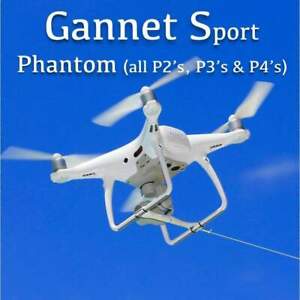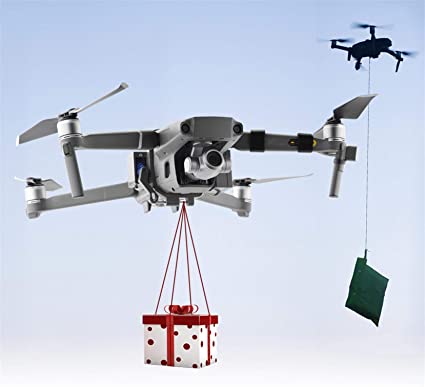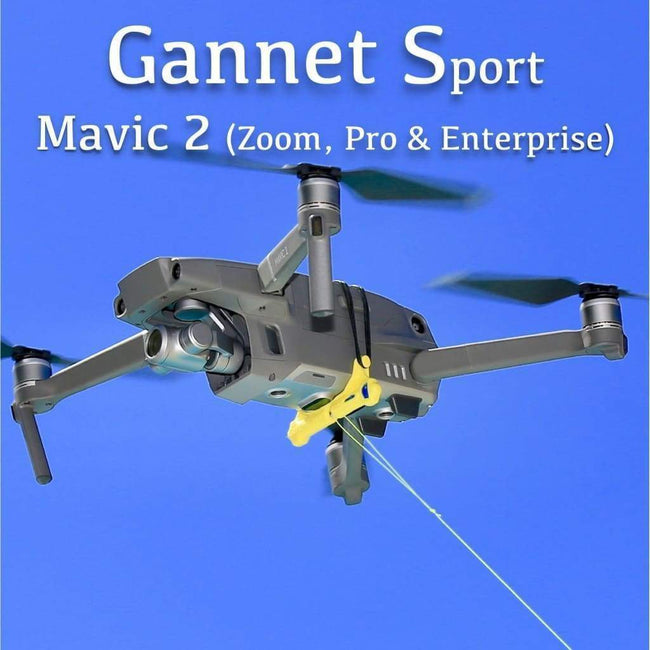
This article will cover the basics of a drone fishing device. We'll also cover what you need to be aware of when choosing your drone and how it will perform over time. We'll then discuss ways to get the best out of your drone. For more tips and tricks, read on. You will soon be able to fly the drone of your dreams. Let's get !... started and maybe even catch some fish!
Basic drone fishing equipment
When you are ready to start drone fishing, the first thing you need is a good set of hooks. You should double the fishing line and use mono or braid. It should be tied with a Cat's Paw Loop, Uni knot or Uni knot. You will also need a sinker (2-8 oz) and hooks (to attach to each section of the backbone). You will also need to attach the end loop and snap swivel lead loops to your drone.
There are many methods to make a fishing helicopter. The simplest method is to attach a hook to your drone's landing gear, and spin it until the line comes free. You can also use a dropper or drop line to keep the fishing line down below the drone. Droppers are a way to keep the main line from getting caught up in propellers. Accessories such as docks and batteries can be added to fishing drones.
You will need additional equipment once you have bought the basic drone fishing gear. A long fishing line (approximately 700m) and a bait-dropping device are essential. These are optional accessories, but they can make your drone fishing adventure more enjoyable. A drone will provide you with a clearer view and make it easier to spot fish.

Payload for drone fishing rig
Safety precautions must be followed if you are going to fly a drone to catch fish. Avoid flying your drone in strong wind or rain. Here are some guidelines to follow:
Firstly, make sure that your drone has a solid carrying capacity. You can't load it with heavy lures, braided or heavy line. It may also blow off its course if you are fishing along the coast. It's also important to check local regulations and laws, as some may not allow fishing from a drone. After you have decided to go fishing with your drone, it is important to make sure that the drone has enough carrying capacity.
Next, you need to decide which accessories will be needed to mount your drone. A good rule of thumb is to use a rigging system that has a central attachment point to reduce weight distribution problems. The motor struts and landing gear are the best points for attachment. Avoid attaching any payloads to the camera or gimbal as these could cause damage. You can tie a fishing line running from one end of the camera to the opposite. To stop the line from falling out, you can attach tape to it.
The battery life of drone fishing rigs
Before you go fishing with the drone, check that the batteries are charged and all other equipment is working properly. This will ensure that your drone doesn't run out of battery and allow you to concentrate on fishing rather than recharging. You may be able to charge your drones using solar panels or batteries from your car. Start out by having fully charged batteries. This will ensure your drone is ready for flight as soon as your reach your fishing spot.

You should also consider the drone's flight duration. Some models have longer flight times than others, but a drone that can fly for twenty-two minutes can easily get the job done. This is a great option if you plan to spend hours on the ocean with your drone. But you should be aware that a drone with limited endurance will be inoperable and will make it nearly impossible for you to catch fish.
After you have setup your fishing rig, attach the fishing line clip to either the legs or the motor struts. Attach the bait to the fishing rod. When you are ready to drop your bait, make sure you lock the reel. Once you release the line, tension will build and the drone will drop the bait in the water. You should charge the battery every time you use it, otherwise it might not function properly.
FAQ
Are drones allowed to be used at public events
You can fly your drone anywhere you like, provided you adhere to the rules. You will need to get approval from event organizers if your drone is going to be flying during public events such as a parade, festival or concert.
What is the best drone to buy for beginners?
One of the most popular beginner drones is the DJI Phantom 2 Vision+. The 4K camera on this model allows you to take stunning aerial photos and videos. This drone is easy to navigate thanks to its GPS system.
How do you travel with a drone?
Drones are becoming increasingly popular for both personal use and commercial purposes. They are used for photography, filming, aerial mapping, search & rescue, and other applications. A number of new regulations have been approved by the FAA for drones. These include registration, licensing, pilot training and insurance. These changes will help ensure that drones stay safe for all.
Statistics
- According to Indeed, a drone pilot gets paid $25.73 per hour on average in the US. (dronesgator.com)
- According to the multiple listing service (MLS), houses and apartments with drone photographs are up to 68 percent more likely to sell than those without pictures. (thedroneu.com)
- Research and Markets predict a growth rate of 51.1% over the next five years. (thedroneu.com)
External Links
How To
How to Fly Drones With Beginners
A drone is a remote-controlled aircraft used for aerial photography, cinematography, surveillance, scientific research, and hobby purposes. Drones have been in use since World War II. DJI's Phantom quadcopters became commercially available in 2010. From beginner-friendly drones such as Parrot AR Drone 2.0 through professional-grade multirotor craft like DJI Mavic Pro, many types have been available.
There are many ways to fly a drone.
-
Remote control – This technique uses a control device attached directly to your hands that allows you steer the drone around its flight path. There are two main types of controllers: On/Off switches (like a radio) and joysticks.
-
Manual Control - This method uses a smartphone app to remotely control the drone using GPS coordinates. The app will give you instructions.
-
Autonomous Flight: This means that the drone will take care of all the piloting. It basically flies autonomously without any human intervention. To enable autonomous flight, the drone should have a built in camera and sensors capable recording images and data.
-
Triggered flight - This is similar to manual control except that the pilot sets up a preprogrammed route and the drone follows the route until it reaches its destination. After the preprogrammed route is complete, the drone will automatically land and return to its base.
-
Landing Gear – A few drones come with landing gear. This allows them land safely in the event of losing power or running out of battery.
-
Goggles - Some pilots wear goggles to protect themselves from debris while operating.
-
Camera – Some drones have cameras, which allow you to take photos or videos from up high.
-
Obstacles – Some drones have obstacle avoidance systems that stop them from colliding with obstacles.
-
Speed - Some drones can reach speeds of over 40 mph.
-
Battery Life: Most drones have a battery life of between 20 and 30 minutes depending on how many power sources you use.
-
Distance - Some drones can travel up 30 miles depending on the model.
-
Power source - Some drones require an external power source; others work off internal batteries.
-
Weight - Some drones weigh less than 1 pound, whereas other models weigh up to 4 pounds.
-
Size - Drones can range in size from tiny devices that can fit in your palm to heavy crafts that weigh 50 pounds.
-
Price - Drones come in a variety of price categories, including high-end models which can run into the thousands and low-cost options that can start at $100.